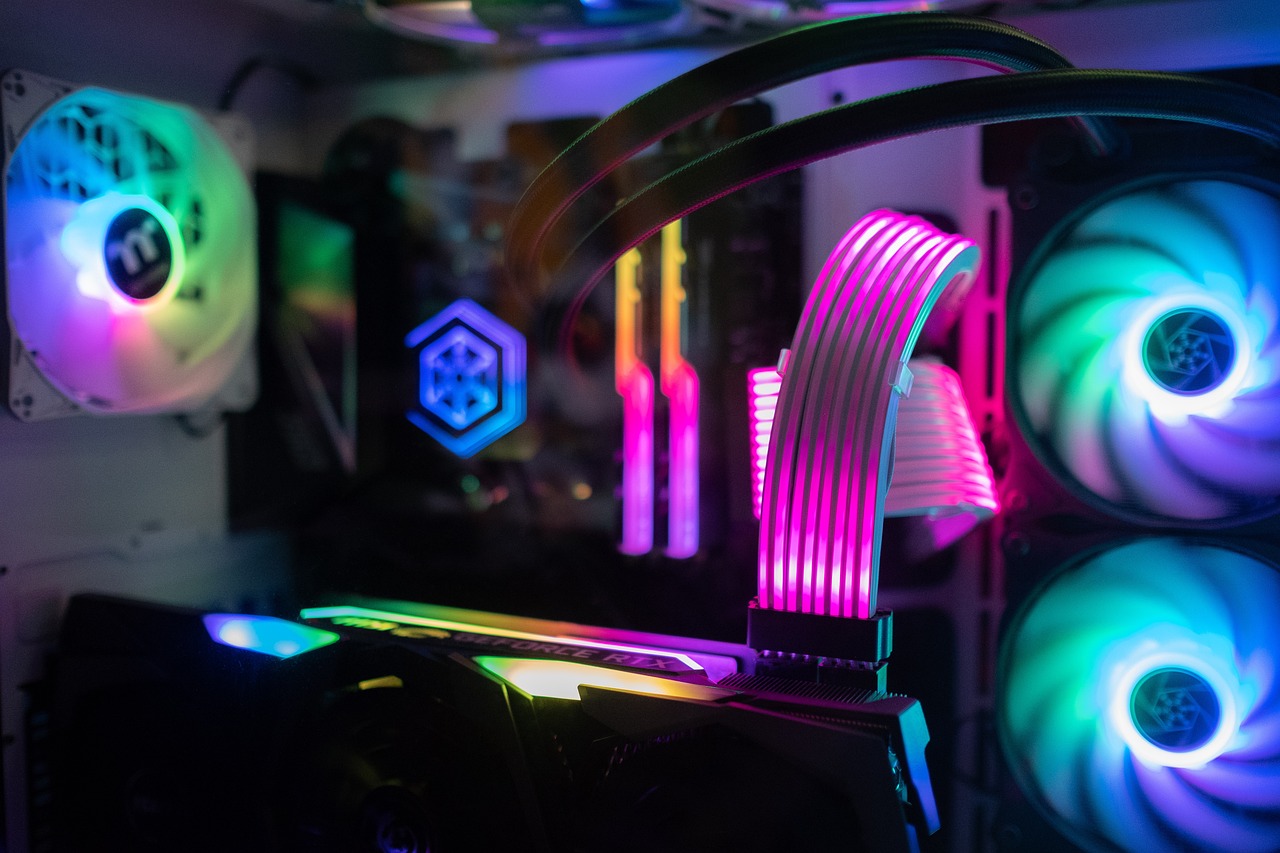
As we move into 2024, server hardware advancements are set to redefine enterprise computing with improved processing power, energy efficiency, and scalability. Here’s a breakdown of the most anticipated hardware:
1. Intel Xeon Scalable Processors (Sapphire Rapids)
Intel’s next-gen Xeon processors, based on the Sapphire Rapids architecture, are built for AI, high-performance computing (HPC), and cloud workloads. Featuring DDR5 and PCIe 5.0 support, these CPUs promise significant improvements in data throughput and energy efficiency. Intel’s Enhanced Security features also add an extra layer of protection for sensitive workloads.
Key Features:
- Advanced AI Acceleration: Intel’s AMX (Advanced Matrix Extensions) is designed to boost AI training and inference, making these processors highly efficient for AI workloads.
- PCIe 5.0 and DDR5 Support: With higher bandwidth and faster memory, servers can handle more data at once, crucial for cloud computing and data centers.
- Intel SGX Security: Designed for secure enclaves, this adds extra security to applications, making these CPUs a prime choice for financial and healthcare industries.
Why It Matters: With increasing demand for AI and edge computing, these processors offer the power needed for data-intensive applications, while also providing the security necessary for enterprise environments.
2. AMD EPYC “Genoa” and “Bergamo”
AMD continues to challenge Intel with its upcoming EPYC Genoa and EPYC Bergamo processors. Built on the Zen 4 architecture and using the 5nm process node, these CPUs will feature up to 96 cores per socket, making them ideal for multi-threaded workloads and cloud-native applications.
Key Features:
- Up to 96 Cores: Genoa is built for massive scalability, delivering high performance for virtualization, databases, and cloud infrastructures.
- Energy Efficiency: AMD’s 5nm process allows for reduced power consumption while delivering high performance, a crucial factor for data centers looking to cut operational costs.
- Optimized for Cloud-Native Workloads: Bergamo, a variant of EPYC Genoa, is tailored specifically for cloud providers, featuring high-density core counts designed to maximize throughput in virtualized environments.
Why It Matters: AMD’s EPYC line has become a powerhouse for data centers, and these upcoming models continue that tradition, offering unmatched core density for workloads that require both high performance and energy efficiency.
3. NVIDIA Grace Hopper Superchip
NVIDIA is pushing further into the CPU space with its Grace Hopper Superchip, specifically designed for AI, machine learning, and high-performance computing. Combining a high-performance CPU (Grace) with a GPU (Hopper) in one chip, this solution aims to reduce latency and boost data throughput for intensive AI workloads.
Key Features:
- Unified CPU-GPU Architecture: By integrating both CPU and GPU in one chip, NVIDIA reduces bottlenecks, increasing overall performance for complex AI models and HPC applications.
- Up to 1TB/s Memory Bandwidth: The Grace Hopper Superchip boasts incredible memory bandwidth, making it ideal for large-scale AI training models and real-time analytics.
- AI-Optimized Performance: With built-in support for CUDA and other AI acceleration libraries, the Grace Hopper Superchip is primed for rapid AI model development.
Why It Matters: For businesses focusing on AI and big data, the NVIDIA Grace Hopper Superchip provides a one-stop solution for accelerating AI workloads, with unmatched memory bandwidth and computational power.
4. ARM-based Processors for Data Centers
The growing adoption of ARM-based processors in server environments is set to continue in 2024. With companies like Ampere and AWS Graviton leading the charge, ARM processors offer an energy-efficient alternative to x86 processors while still delivering high performance.
Key Features:
- Scalability and Energy Efficiency: ARM processors are designed to deliver excellent performance-per-watt, making them highly attractive for cloud providers and businesses aiming to reduce energy consumption.
- Ampere Altra Max: With up to 128 cores, this processor is specifically designed for cloud-native applications, offering high core density with lower power consumption.
- AWS Graviton3: Amazon’s custom-built ARM processor continues to push cloud performance with its next iteration, focusing on machine learning and HPC workloads.
Why It Matters: ARM processors are increasingly being used in data centers for their efficiency and ability to handle cloud-native applications, offering a scalable solution for cloud providers and enterprises.
Conclusion: What to Expect in 2024
The upcoming server hardware in 2024 is set to revolutionize the data center landscape with faster processors, higher core counts, and better power efficiency. Whether you’re focusing on AI, cloud computing, or big data, Intel, AMD, NVIDIA, and ARM-based processors are all pushing the envelope to deliver next-gen performance. As these technologies become more widely available, enterprises will have more tools than ever to optimize their server infrastructure for future demands.
Stay tuned for more updates on availability and performance benchmarks as these powerful new technologies hit the market!



